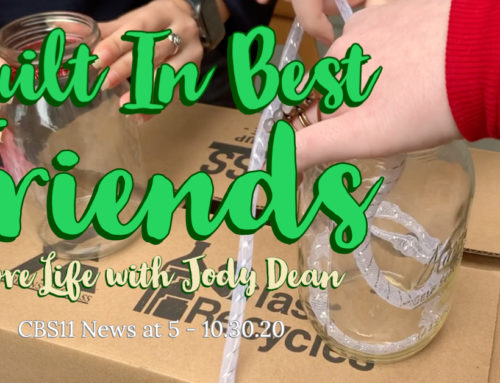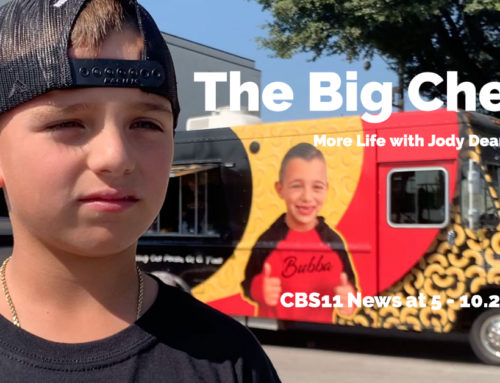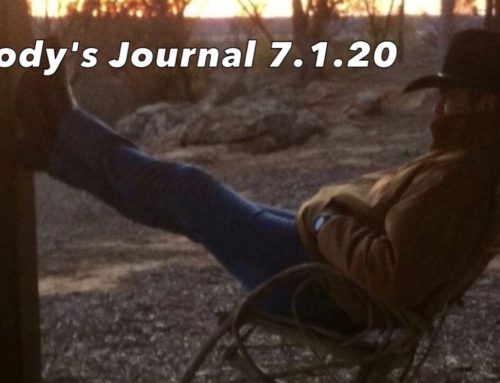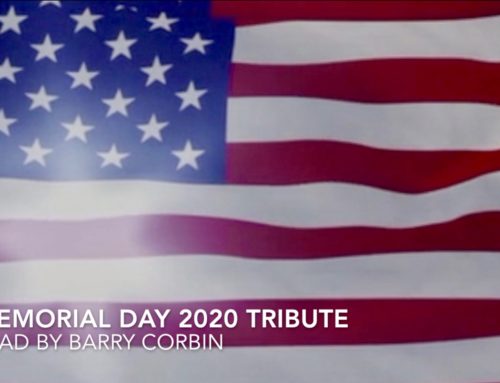“Pitchers did me a favor when they knocked me down. It made me more determined. I wouldn’t let that pitcher get me out. They say you can’t hit if you’re on your back, but I didn’t hit on my back. I got up.” – Frank Robinson
July 28, 1971.
I was 10 years old. It was one of our many driving vacations, which usually lasted two full weeks. That’s about how long Pop could take off from the Postal Service, and we needed every bit of it that summer to get to and from Washington D.C.
It was the year before the Texas Rangers came to town, but no one knew that was going to happen. Don’t get me wrong. I loved the history and museums and all that, sure. I managed to get separated from my parents inside the Smithsonian at closing. Took ’em two hours to find me sitting inside a 19th Century steam locomotive pretending to blow the whistle.
So I dug it. But monuments and memorials weren’t the big story on this vacation, at least not for me. Because this trip was taking us to a Major League city.
Baseball was always my sport. Football, I played because I was good at running around and falling down – or even better, running around and making other people fall down. Baseball required skill. I watched in envy as kids like Tommy Vaughan, Charlie Cripliver and Alan Anthony seemed to play it so effortlessly. Brian Milner might still be the best pure ballplayer I ever saw. Summer days on a sandlot wasn’t just a movie then, and our blue jean triple-headers went past sunset.
The closest pro team in those days was the minor league Spurs, who played at Turnpike Stadium. That was fine, but I was spoiled. Harmon Killebrew visiting the farm once every spring couldn’t satiate my desire for real Big Show baseball. Pop always regaled me with tales of his 20s in St. Louis, where he watched and loved the Gashouse Gang – so I would steal the transistor from his shaving cabinet and tune in the closest game I could get. In Fort Worth, that meant the Astros.
Dierker. Rader. Metzger. Joe Morgan. Cedeno. But it was the Toy Cannon whom I loved most. He was my idol, even more than Willie Mays. Did you know Jimmy Wynn once hit one so far into the Astrodome’s distant upper deck that they painted a cannon on the back of the seat? Gene Elston and Loel Passe told me so. I could see it.
What I couldn’t see was Wynn himself. Back then there was maybe one game on TV a week, and the Astros were rarely one of the teams the New York-based TV networks cared about. The only Jimmy Wynn I knew was the one I heard about on the radio. So when my teacher assigned us an art project, I drew a picture of Jimmy Wynn. As a white man.
Now we were going to the home of the Senators. They weren’t much good then, but who cared? Pop had promised to take me. Ted Williams was the manager. They had Frank Howard. I knew both. But the Senators were out of town that week, which left us with a trip to Baltimore.
The Orioles were a completely different story. Fresh off beating Cincinnati’s Big Red Machine in the Series the year before, they were loaded – and were headed toward winning the American League again in ’71. And they were in town.
Against the A’s.
That was the year that Vida Blue had 17 wins by the all-star break. Reggie Jackson was in his prime. Blue Moon Odom would start, and face what amounted to an entire wing at Cooperstown. Blair. Brooks. Palmer. And Frank.
Frank Robinson was one of those players who always seemed to ruin my Astros Radio Network listening experience. He was known for walk-off home runs, usually low over the left field wall. I didn’t know nearly as much of his story then as I do now. Later he’d become the first black manager in Major League history, but the story was so much more than only that. Excellent at all sports. Rookie of the Year. MVP in both leagues. Exposed to race hatred in the minors, Robinson shunned the spotlight – until he arrived in Baltimore and saw the poverty and want caused by segregation and red-lining. Younger, he’d been teammates with guys like Curt Flood and Bill Russell. It must have been in the water. Galled by the team’s inaction, he quickly became an outspoken leader in the fight for justice and civil rights.
Previous driving vacations had exposed this suburban 60s kid to the Deep South. I’d had plenty of experience seeing separate drinking fountains and restrooms. Jackie Robinson was a fresh story. Professional athletes taking stands wasn’t any more popular then than it is now, but Frank Robinson wasn’t shy about taking them. Even though it made the abuse worse. Like no one else, Frank Robinson crowded the plate.
We got lost looking for Memorial Stadium that night. It was the first time this country cousin had never seen a row house. Ever. I had no idea that people spend each evening on their stoop. I didn’t even know what a stoop was. At that time, I don’t know that I’d ever seen a dwelling in my life that was taller than three stories. Memorial Stadium stood in a forest of row house, all past their better days. Some of those very neighborhoods were the ones that outraged Robinson, but I didn’t know any of that. All I knew is that for the first time in my life, I was in alien landscape in an ocean of people and none of them looked like me. And they were looking at us just as warily as we were looking at them. Our tan Impala and Texas plates stood out, as did we.
I’m not sure what they were thinking as we circled the streets trying to figure out where the ballgame was, but we evidently weren’t the first out-of-towners to get turned around. After several passes on one particular block, you could see knowing nods and subtle grins – as if to say “Yup. Totally clueless.”
Finally, we pulled over to consult a street map. As Pop unfurled it and searched for landmarks, a gentleman in his 30s tapped on the window. He did not look like us either. Pop furtively rolled the window down as if he feared rain might get in, and through the crack the man said “Um, looking for the stadium?”
Pointing up, he grinned and nodded toward the lights over the rooftops. It obviously wasn’t the first time.
Thanks to the stranger, we actually made the bottom of the first. We sat behind an iron support beam for the upper deck, and had an obstructed view. I didn’t care. Cuellar pitched for the Orioles that night, and Brooks Robinson made three errors. He only made four that whole season, so of all the games to see. When I met Robinson years later, we had a good laugh about that. Brooks Robinson was the kind who would laugh at that.
In the bottom of the 9th the visitors were ahead 2-0, but Odom let on Buford and Rettenmund before Dick Williams brought in Rollie Fingers to save the game. And then, up came Robinson.
Low, over the left field wall.
Never gave Fingers an inch of that plate.
Pop bought me a $10 plastic Orioles batting helmet that night. Had it for years. When I got back home I needed a new glove to go with it. Pop’s old hand-me-down had been fine, but seeing Boog Powell made me want a scoop. Five books of S&H Green Stamps, if I recall – and if you don’t know what those are, ask your grandparents. Kind of an early points program that you had to lick.
This week, I learned they’re finally tearing down that old building where Mom redeemed all those stamps. Then Thursday, word came that the mighty Frank Robinson had gone home. Fans of sport tend to find mysticism in all things, but none moreso than we who love baseball. Forty-eight years since both figured in personal ways that never show in the box score.
To be honest, I look at that old glove and think of how I thought of the world then. I think of the giants I saw that night, and the place where they played. Of the things I didn’t know, and the fights I didn’t know even needed to be fought. I think of people eyeing each other with suspicion, often relieved by something as simple as directions – and wonder how we still have yet to find our way. I wonder why we’re not further along. As good as we thought we would be. I think of seeing the need, and being moved to meet the challenge. Crowding the plate. Behind. Bottom of the 9th.
Over the wall.

JD
2.7.19





